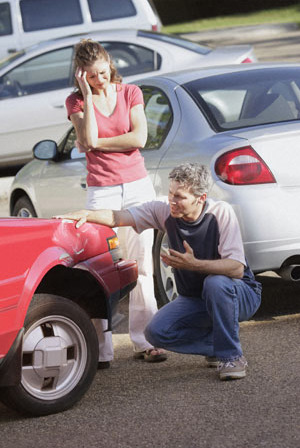 Maryland has a rule called collateral source. This is an important part of making sure auto accident victims get full value for their claims. It is the reason that accident victims can recover for medical expenses and lost wages through their personal injury protection (PIP) insurance (see our webpage here, and a recent blog post here) and, at the same, recover for those losses from the negligent driver’s insurance company.
Maryland has a rule called collateral source. This is an important part of making sure auto accident victims get full value for their claims. It is the reason that accident victims can recover for medical expenses and lost wages through their personal injury protection (PIP) insurance (see our webpage here, and a recent blog post here) and, at the same, recover for those losses from the negligent driver’s insurance company.
Here’s why it matters: let’s assume a car accident results in a hospital visit, some x-rays, and a couple of weeks of physical therapy. The total medical bills are $2,000, and the lost wages are $250. If the auto accident victim has $2,500 in PIP insurance, all of those medical expenses would be paid, and 85% of the lost wages would be reimbursed ($212.50). Then, the auto accident victim could recover full losses from the negligent driver’s insurance company, getting $2,250 for the medical expenses and lost wages, and some other amount for noneconomic damages (pain, suffering, inconvenience, etc…).
Let’s say the total settlement was a very modest $5,000. With PIP, the victim would recover a total of $3,545.83 after payment of all attorneys’ fees (at 33.33%) and medical expenses (and including the lost wages paid through PIP). Without PIP, the victim would only recover $1,333.33, more than $2,000 difference.
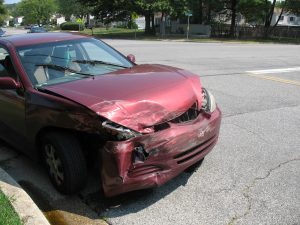 So you were in a car collision (we don’t call them accidents at trial, because it makes them sound unavoidable, or gives the impression that it was minor), and you’ve looked online, talked to friends, interviewed lawyers on the phone, and found one you like.
So you were in a car collision (we don’t call them accidents at trial, because it makes them sound unavoidable, or gives the impression that it was minor), and you’ve looked online, talked to friends, interviewed lawyers on the phone, and found one you like. Maryland Car Accident Lawyer Blog
Maryland Car Accident Lawyer Blog


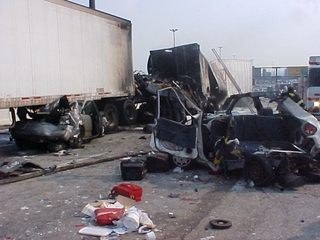
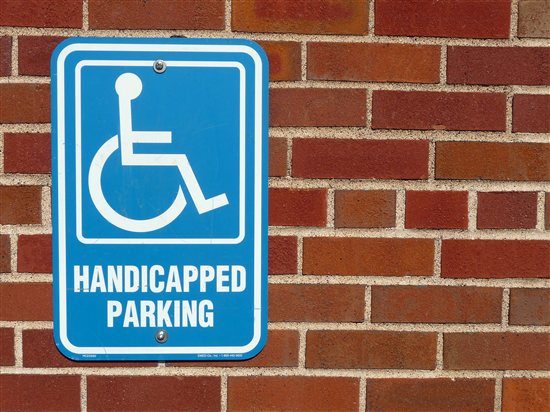 Permanent injuries take all forms, including traumatic brain injury (TBI), limited function of limbs, or severe organ damage. What they all have in common is that they significantly affect lifestyle and activities of daily living. Permanent injuries may require lifetime treatment and medication. In some situations, however, there is nothing medically to be done after the victim has reached maximum medical improvement.
Permanent injuries take all forms, including traumatic brain injury (TBI), limited function of limbs, or severe organ damage. What they all have in common is that they significantly affect lifestyle and activities of daily living. Permanent injuries may require lifetime treatment and medication. In some situations, however, there is nothing medically to be done after the victim has reached maximum medical improvement.  I am not unmindful that, in this business, I profit from the misfortune of others. Sometimes when clients are asking me questions about medical treatment I tell them that what is good for you (getting better quickly) is bad for your legal case, and vice-versa. Honestly, I wish that all of my cases were small, basic soft-tissue cases that resolved after a short week or two of treatment.
I am not unmindful that, in this business, I profit from the misfortune of others. Sometimes when clients are asking me questions about medical treatment I tell them that what is good for you (getting better quickly) is bad for your legal case, and vice-versa. Honestly, I wish that all of my cases were small, basic soft-tissue cases that resolved after a short week or two of treatment.  Maryland has a rule called collateral source. This is an important part of making sure auto accident victims get full value for their claims. It is the reason that accident victims can recover for medical expenses and lost wages through their personal injury protection (PIP) insurance (see our
Maryland has a rule called collateral source. This is an important part of making sure auto accident victims get full value for their claims. It is the reason that accident victims can recover for medical expenses and lost wages through their personal injury protection (PIP) insurance (see our 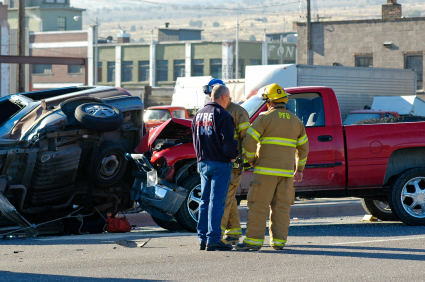 We recommend that all of our clients get as much Personal Injury Protection (PIP) insurance as they can–it’s inexpensive, and it makes a huge difference in your Maryland auto accident case.
We recommend that all of our clients get as much Personal Injury Protection (PIP) insurance as they can–it’s inexpensive, and it makes a huge difference in your Maryland auto accident case.  Maryland allows auto accident victims to recover for non-economic damages. These are injuries that cannot be easily calculated, and they include items as stated in the typical jury instructions:
Maryland allows auto accident victims to recover for non-economic damages. These are injuries that cannot be easily calculated, and they include items as stated in the typical jury instructions: